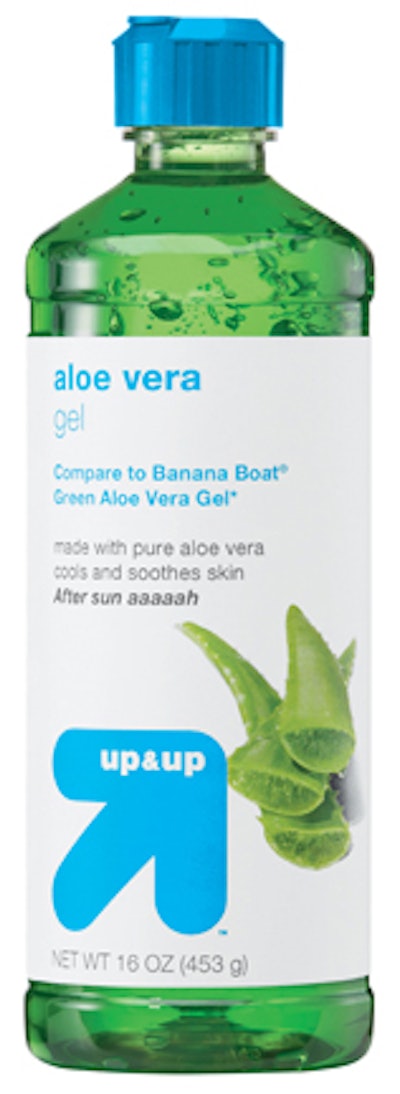
National brand owners and retailers, in a new survey, both believe that the U.S. market for private-label products has plenty of room to grow. According to a recent survey by Deloitte, 77% of CPG company executives and 90% of retail executives involved in the study believe that private-label growth will increase or increase significantly by 2012.
This belief is telling because store brands already have made huge strides in the U.S., reaching 23.6%, the Private Label Manufacturers Association told a breakfast audience Nov. 15 at its annual expo in Rosemont, IL.
“Mounting evidence suggests that national brands are losing their hold on the consumer,” Deloitte says in its report. “As a result, consumers are more willing to try new and different brands, and believe they have more convenient access to a wider array of product choices.”
It used to be that national brands could create perceptions of quality by offering a better product. But private-label product quality has improved substantially in recent years. Then, the belief in marketing circles was that national brands could create quality perceptions through more innovative packaging, which was thought to be unaffordable to store brands. But Safeway’s recent introduction of ice cream in a custom, 2-degree tapered container provides evidence that private brands are beginning to find ways to cost-effectively create distinctive packaging of their own.
Retailers responding to the Deloitte survey believe CPG companies need to develop retailer-specific portfolios and more low-end brands. Furthermore, most retail executives who responded assert that national brands could increase market share by creating local variations—they could be different flavor profiles or regional packaging—to better appeal to consumers in target cities, states, or regions.
It’s all another way of saying, chase your customer rather than your competition.

























